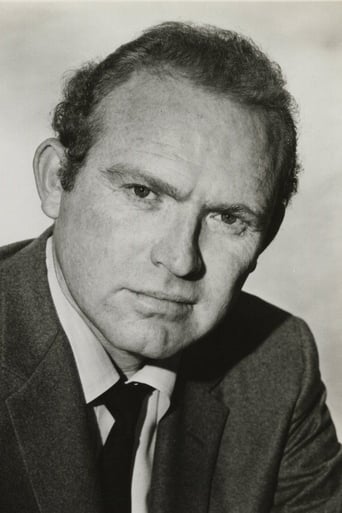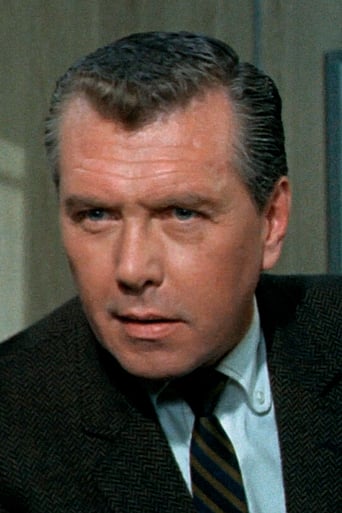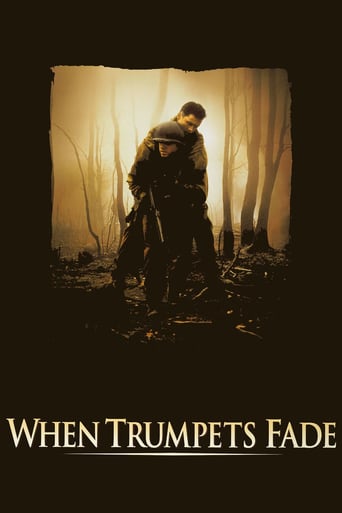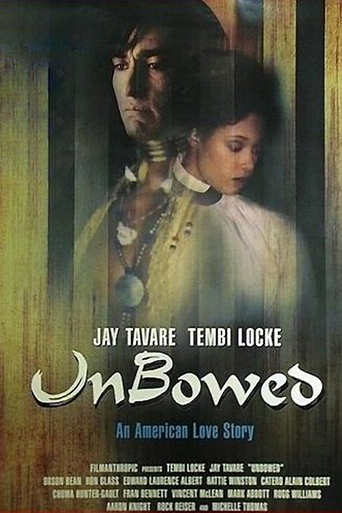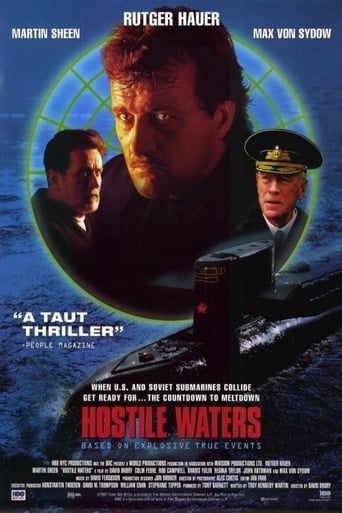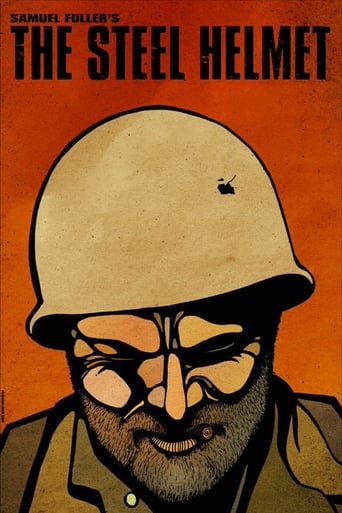
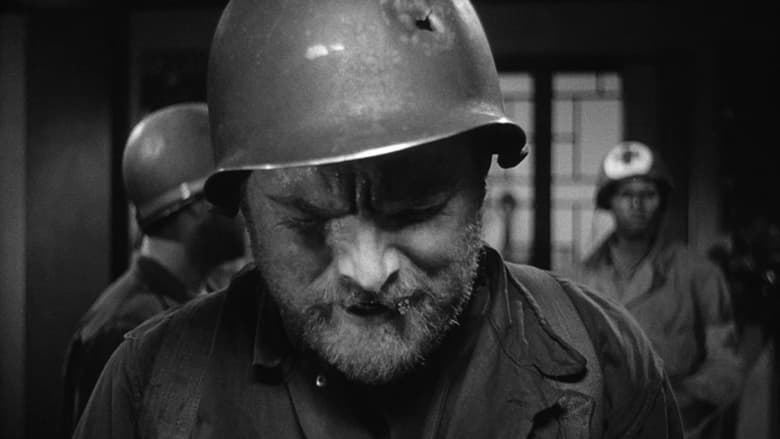
The Steel Helmet (1951)
A ragtag group of American stragglers battles against superior Communist troops in an abandoned Buddhist temple during the Korean War.
Watch Trailer
Cast
Similar titles
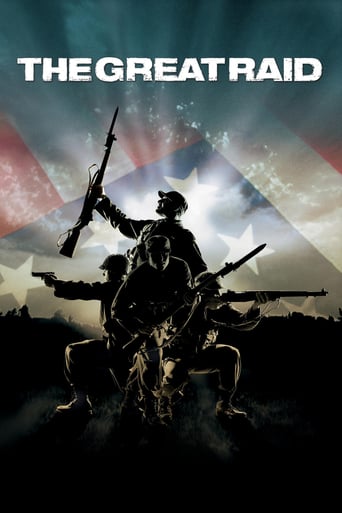
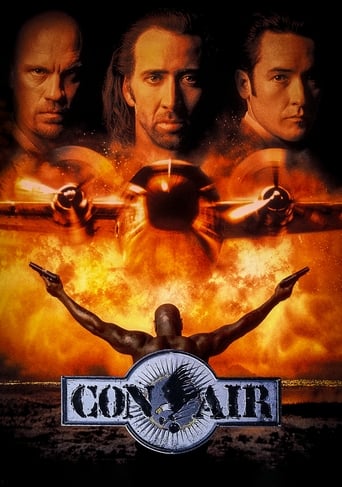
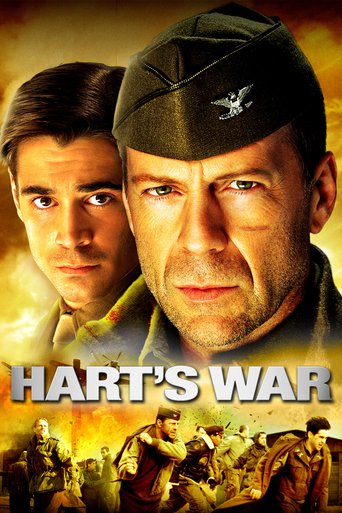
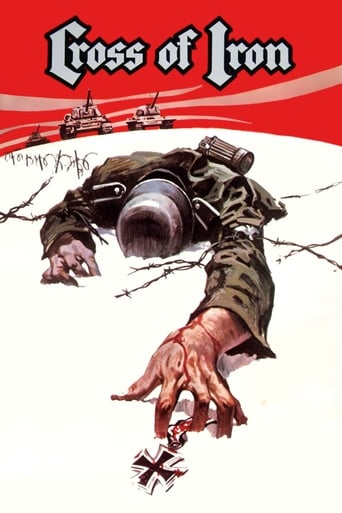
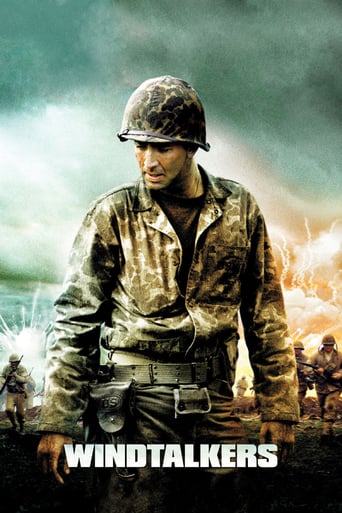
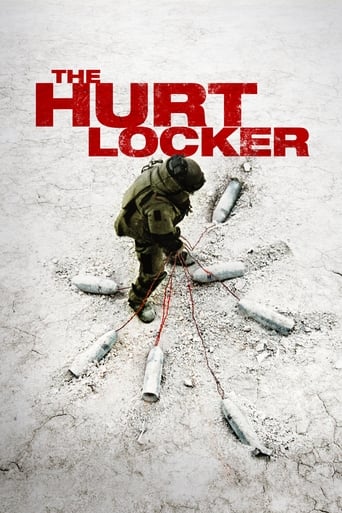
Reviews
A film with more than the usual spoiler issues. Talking about it in any detail feels akin to handing you a gift-wrapped present and saying, "I hope you like it -- It's a thriller about a diabolical secret experiment."
This is one of the few movies I've ever seen where the whole audience broke into spontaneous, loud applause a third of the way in.
There is, somehow, an interesting story here, as well as some good acting. There are also some good scenes
This movie feels like it was made purely to piss off people who want good shows
This was shot on a minuscule budget in ten days. It's not an insulting movie or a bad one, but the headlong and inexpensive rush shows.This was one of Sam Fuller's first big hits. It's about a squad of infantrymen manning an isolated observation post during the Korean war. Fuller had been a Chicago newspaperman and he wrote and directed this effort as if rattling off a story under a deadline. Bing bang boom. The point is made and the story rolls along. Sometimes it rolls along even if the point fails to be made. I used to read equally cogent stories of the Korean war in comic books when I was a kid.There are no bankable stars but most of the cast are believable. It's good to see Richard Loo, a Hawaiian-born Chinese, playing a Japanese again, only this time on our side. A North Korean prisoner gets to needle him about the relocation camps. James Edwards, an African-American, gets needled too, but he's as stalwart as ever.It's an ensemble film but primus inter pares is the bearded, funky, cigar-chewing, ugly Gene Evans as the tough top sergeant who dislikes officers, conscientious objectors, charming young Korean boys, and -- let me see, who else exists? Evans is an actor whose appeal has always eluded me, although his home town, Holbrook, Arizona, was always a comfortable little outpost in the middle of the desert, until recently when it was engulfed by sprawling malls. The cultural center of the tiny place used to be the Dairy Queen, located where the through road, which no one of discernment would call "a highway", makes a dogleg.Anyway -- where was I? -- anyway, Evans has one glorious moment on screen. In the midst of the final battle, with bullets whizzing and shells exploding, men being blown to bits, and everything wreathed in smoke, Fuller shows us Gene Evans hammering away at the enemy from behind a machine gun. Then -- with no warning whatever -- Fuller cuts to a close up of Evans' face as he stops firing. Evans' eyeballs widen and he seems for a moment transported. His face seems to glow by means of some inner mechanism. He stumbles to his feet and amid the carnage wanders around hallucinating -- "Did you hear the colonel?" What a scene! A huge and somehow ominous statue of the Buddha appears to play an important role in this movie but I don't know what it is. The one thing I'm sure of is that Fuller's experience as an combat infantryman in the First Division shaped the remainder of his life. He never forgot it or rather he never got over it, and he'd been no longer a kid. He was thirty-four. For years afterward he woke up at the slightest sound. But none of this stopped him from the kind of reckless enterprise that this movie represents.
I remember seeing this film when it was first released back in 1951. I am quite sure there was a scene deleted from the versions now being shown. When Sgt Zack and the squad come upon a group of Korean refugee's, he shoots a North Korean soldier, on a hunch, posing as a woman. The Lt. & Zack argue about the shooting.If you recall, earlier in the film, the Lt. (Steve Brodie's character) has a disagreement, with Zack about getting the dog tags of a dead American GI that causes the death of the soldier sent to get the tags. Zack remarked that it would be wise not to touch the body. The Lt. ordered the tags be retrieved, causing resentment between both of them.I could be mistaken but the film's continuity seems to jump ahead during the refugee sequence. I could be wrong, fifty-eight years dulls the memory.
Fuller's first major work is typically hard-hitting: not that many films have been made about the Korean War (in fact, this was reportedly the very first) but leave it to Fuller to have the last word on the subject at least, with respect to the actual conflict. One could argue that we had more or less seen this type of jungle warfare in WWII films based in the Pacific, but there's no denying that the writer/director brought unprecedented realism and a moral outlook all his own to a genre he tackled most frequently throughout his career. Furthermore, he sketched soldiers of true flesh-and-blood with their sense of discipline and judgment often clouded by selfishness, prejudice or just plain fear no wonder that, when the disheveled survivors are belatedly rescued from a brutal onslaught inside a Buddhist temple by their colleagues, one of the latter is induced to remark: "Say, what kind of outfit is this anyway?" For the record, the most familiar cast members are Gene Evans (though he had done a number of bits since debuting in 1947, his name is preceded here by the epithet "introducing" and he's already fully in character as the tough, cigar-chomping sergeant), Steve Brodie as his disgruntled commanding officer and James Edwards as the black medic; others in the ragtag company are a man studying for priesthood, a youth whose bout as a child with Scarlet Fever has turned him prematurely and completely bald and even a Japanese (played by none other than Richard Loo the villainous General from THE PURPLE HEART [1944] which, coincidentally, preceded this viewing). An effective addition to these however unlikely a figure in a Fuller movie is that of a South Korean child who helps the wounded Evans at the very start (the latter immediately dubs him "Short Round" Steven Spielberg must have watched this at some point!) and eventually tags along, acting as guide-cum-mascot and even prays to Buddha for their safety. The second half of the picture is confined to the aforementioned temple, where the soldiers first fall victim to and then capture a solitary enemy-in-hiding; in pure Fuller mode, he tries to coerce fellow 'outsiders' Loo and Edwards into defecting, while Evans shoots him down (despite orders by their superiors to secure themselves a P.O.W.) after "Short Round" is pitilessly targeted by the approaching North Koreans.
"Where's your C.O. (Commanding Officer)?" "Fertilizing a rice paddy with the rest of the patrol.""...half his head is gone." This is the sort of gritty and realistic dialog that abounds in this ground-breaking Korean War film. Ground-breaking not just because of it's newer and more realistic language (complete with lots of racial epithets that would cause the politically correct types out there to have strokes) but because this picture managed to be the first Korean War film--being made while the war was still in its early days. And, to get this film out quickly, it was filmed in only 10 days--a shooting schedule typical of Sam Fuller's early films. It was also ground-breaking because the film tackled such topics as the treatment of Black-Americans and Japanese-American internment--touchy subjects that were virtually absent in films until years later. This film definitely marked a radical departure from WWII war films. Even excellent and realistic war films as BATTLE CRY and BATTLEGROUND didn't come close to the style in this film. Much of this realism is due to Fuller's own service in the front lines in the infantry in the previous war and the film seems like an ode to these brave men.The only strikes against the film are an over reliance on stock footage towards the end--with some of it appearing to be WWII footage! Plus, while I enjoyed the scenes, apparently the folks at home weren't particularly pleased with scenes showing a prisoner being killed as well as a medic throwing off his red crosses and manning a machine gun! Realistic, perhaps, but not quite the same heroic vision of soldiers from previous films.Still, overall this is a tense and exciting war film--perhaps the best of those made about the Korean War. Oh, and by the way, I checked. The tune for "Auld Lang Syne" really was the national anthem for Korea at one time. Also, read up on what IMDb says about the production--especially the number of extras and where the film was made. That Sam Fuller was a genius at getting the most out of minuscule budgets.PS--Gene Evans, the tough sergeant from this film really had been a sergeant in the army.

